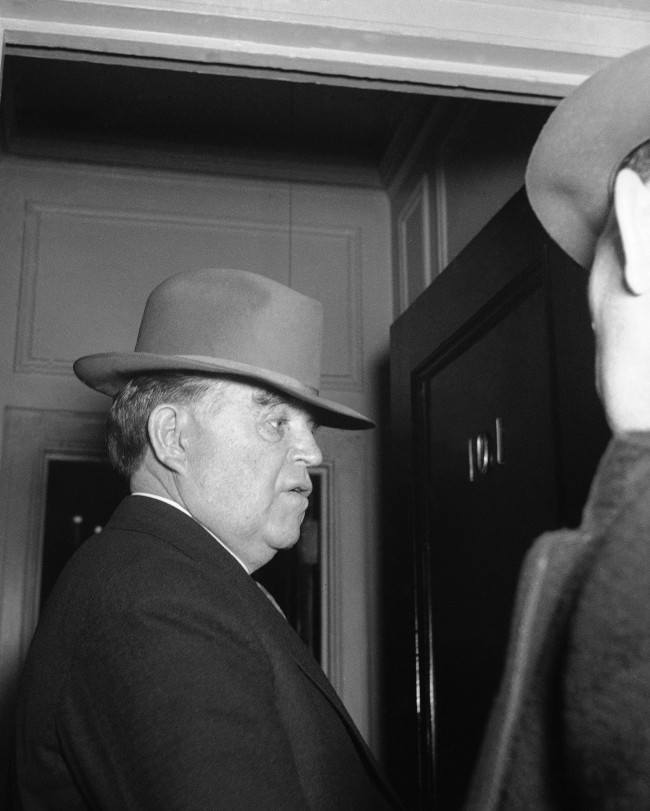


Lewis, Philip Murray, and Walter Reuther all had an instinct for public relations. Professor Zieger's "The CIO, 1935-1955" recalls why this union organization, with a peak membership of about 5 million, attracted much public interest-some friendly, some hateful. Others moved on: David Brinkley moderated a weekly Sunday public service labor-management radio discussion on NBC before becoming a TV superstar Joe Loftus of The New York Times became a public relations aide to George Shultz at the Labor and Treasury Departments Hobart Rowan of Newsweek became economics writer for The Washington Post-to name just three. A few reporters continued on the beat through the leaner years after the 1955 AFL-CIO merger, including Harry Bernstein of The Los Angeles Times and Frank Swoboda of The Washington Post. The CIO created news-often dramatic news-that was reported in detail and often with great perception by a large press corps. Zieger of the University of Florida reminds us in a monumental, and readable, history of the remarkable 20-year career of the CIO, the Congress of Industrial Organizations.

$39.95.ĭuring the early stages of the 1995 campaign to elect a successor to Lane Kirkland as president of the AFL-CIO, an anonymous union source commented to The Washington Post: "At least, they're writing about labor again." For the past several years, labor reporting has been almost exclusively concerned with the nuts and bolts of day-to-day collective bargaining and strikes, with little depth and even less attention to union philosophies and outlook. Zieger University of North Carolina Press.


 0 kommentar(er)
0 kommentar(er)
